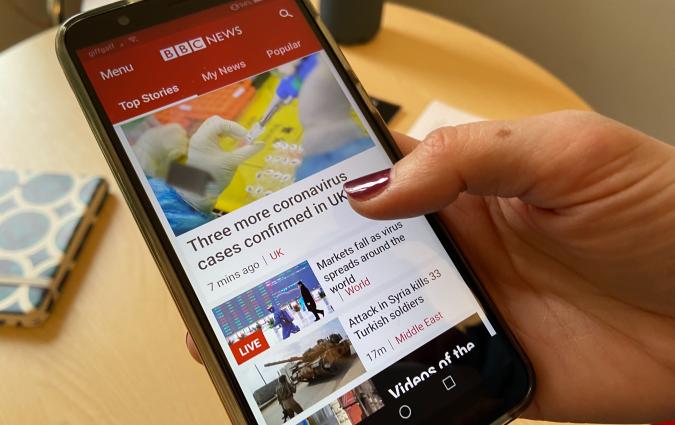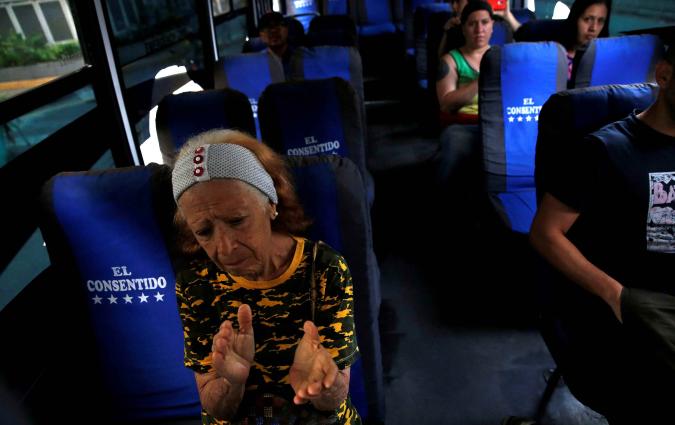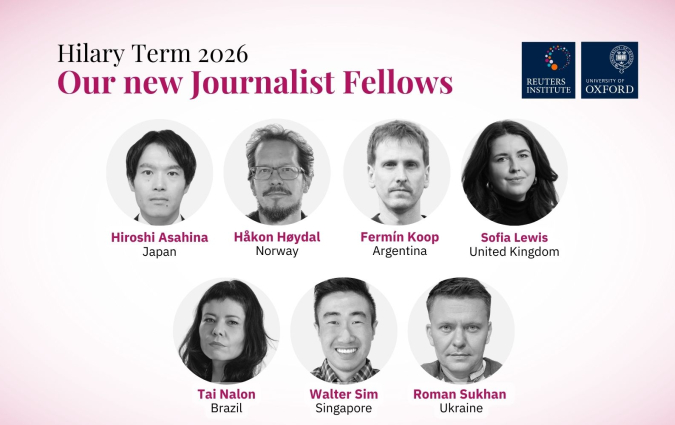Inside the attack on Brazil’s Capitol, where reporters were chased, insulted and beaten

Rioters sit in stolen armchairs in Brasília. Picture by Murillo Camarotto.
Even before the attack on Brazil's main government buildings, journalists knew they were not welcome by pro-Bolsonaro supporters. Thousands camped for weeks in the capital city of Brasília to put pressure on the army to stop President Lula da Silva’s inauguration. As foreign journalists arrived to cover the big event, some visited these camps to cover the protests. Almost none felt safe to do their job.
A Voice of America correspondent hinted at getting out of the car with his camera, but was quickly convinced to give up.
Fuelled by Bolsonaro’s incendiary rhetoric, the animosity of some of his followers against professional journalism reached a climax on 8 January, when far-right protesters marched on the Three Powers Plaza, a UNESCO world heritage site and the address of the main Brazilian institutions. They were joined by extremists who came by bus from other regions, especially those linked to agribusiness, illegal mining and logging where the former President is most popular.
I covered the events on that day on the ground for my newspaper Valor Econômico. Most protesters were middle-aged white men. But it was striking to see a large number of elderly women, religious leaders and even some children. Almost everyone wore green and yellow clothes and there were no clear demands beyond some kind of force returning Brazil’s government to Bolsonaro's hands.
For two months, they expected this force would be the Brazilian army, which Bolsonaro cultivated with money and government positions. As they saw the army was doing nothing, they decided to take the issue into their own hands.
How the attack happened
I joined the group pretending to be just another protester while paying attention to the conversations amongst the group. Some acted like tourists, taking selfies and carrying beach chairs, unaware of the seriousness of what they are about to do. And yet many seemed to be aware of some of the risks. Women in their 60s explained they were wearing swimming goggles to protect their eyes from tear gas.
I would have loved to ask them so many questions. But as a journalist, I knew I was at risk. The day before, a television crew had been beaten and had their equipment broken in another camp in the Brazilian state of Minas Gerais. Even some of the journalists from the pro Bolsonaro news company Jovem Pan were attacked.
Not everyone in the crowd was taking selfies. Another group walked towards their target, rage engraved in their looks and their body language. As they approached the main square, they easily avoided the few police forces guarding it and split into three groups, one for each branch of the Brazilian government.
I chose to follow the group marching towards the Supreme Court, often presented by far-right protesters as their arch-enemy for blocking Bolsonaro's authoritarian initiatives. Following orders from their leaders, they started destroying the glass windows with stones and protective railings while shouting, “¡Supreme is the people! ¡Supreme is the people!”
A large group of police officers watched from a safe distance without doing anything. Some rioters invited them to join the raids. The policemen, who’ve also benefited from Bolsonaro’s rule, didn’t accept the invitation, but many shook hands with the rioters and even waved to them and didn’t try to stop the assault at any time.
Inside the Supreme Court building, hatred was fuelling destruction. The rioters dragged out desks, carpets, boxes of documents, armchairs and everything they could find. Many cried with grief and attacked the objects as if they were the judges they hate. In the midst of this chaos, others called for short, quick and bizarre prayer sessions. “We don't have to pray now! This is war!” others said.
The vandals stole and trashed valuable works of art and sat in the judges' armchairs. One became famous for wearing a toga stolen from one of the members of the court. He calmly took selfies with several of his fellow cronies before the police forces, who did nothing.
Reporters insulted and beaten
I tried to document what was happening as best I could. I filmed and took pictures undercover, without identifying myself as a journalist. A few people who seemed to be coordinating the rioters’ actions sometimes ordered that no one should take photographs.
In the middle of the Three Powers Plaza, photojournalist Pedro Ladeira felt a little more confident about using his camera after a colleague told him that the situation wasn't that bad. A few minutes later, however, he was surrounded by rioters. He tried to argue that he was just capturing the demonstration, but had his equipment destroyed and stolen.
Pedro recalls that when the radicals noted that he worked for Folha de S. Paulo, a newspaper hated by Bolsonaro, they tried to beat him up. The only reason this didn’t happen is that a man dragged him by the shoulder and led him to safety. While doing so, however, the man told him he should be ashamed to work against a movement that wants to save Brazil “from communism.” He should be grateful to be alive, the man said.
On the other side of the square, journalist Marina Dias was reporting for The Washington Post when she was noticed by one of the rioters. She decided to flee and was chased by a crowd. Knocked to the ground, Marina received kicks and punches, as well as death threats. "When I got some protection at the Ministry of Defence, I was surrounded, they pulled my hair, an old lady scratched me, they broke my glasses and said I should be killed," she says.
Sexist slurs triple
Marina says she was also insulted with sexist slurs such as "slut". A recent survey by the Brazilian Association of Investigative Journalism (Abraji) found that the use of these terms against female journalists tripled in the period following the 2022 Brazilian presidential election. "The numbers are worrisome, but not surprising," says Rafaela Sinderski, from Abraji.
The people leading the riots calmed the crowd whenever the police threatened to break up the mayhem. They warned that there was no need to leave the place yet and assured their colleagues that the guards would not intervene. Once the police decided to take back control of the buildings, there was no confrontation with the radicals.
The complacency of Brasília’s police forces had consequences. The day after the riots, the Supreme Court ordered the removal of the local governor, Ibaneis Rocha, an open supporter of Bolsonaro. The city’s head of security Anderson Torres, who was Bolsonaro's minister of justice, was arrested along with hundreds of radicals who are expected to be convicted of various crimes.
According to Abraji, 16 reporters were assaulted by far-right fanatics while covering the riots. The entity has requested the federal prosecutor to act against their aggressors.
In every email we send you'll find original reporting, evidence-based insights, online seminars and readings curated from 100s of sources - all in 5 minutes.
- Twice a week
- More than 20,000 people receive it
- Unsubscribe any time







